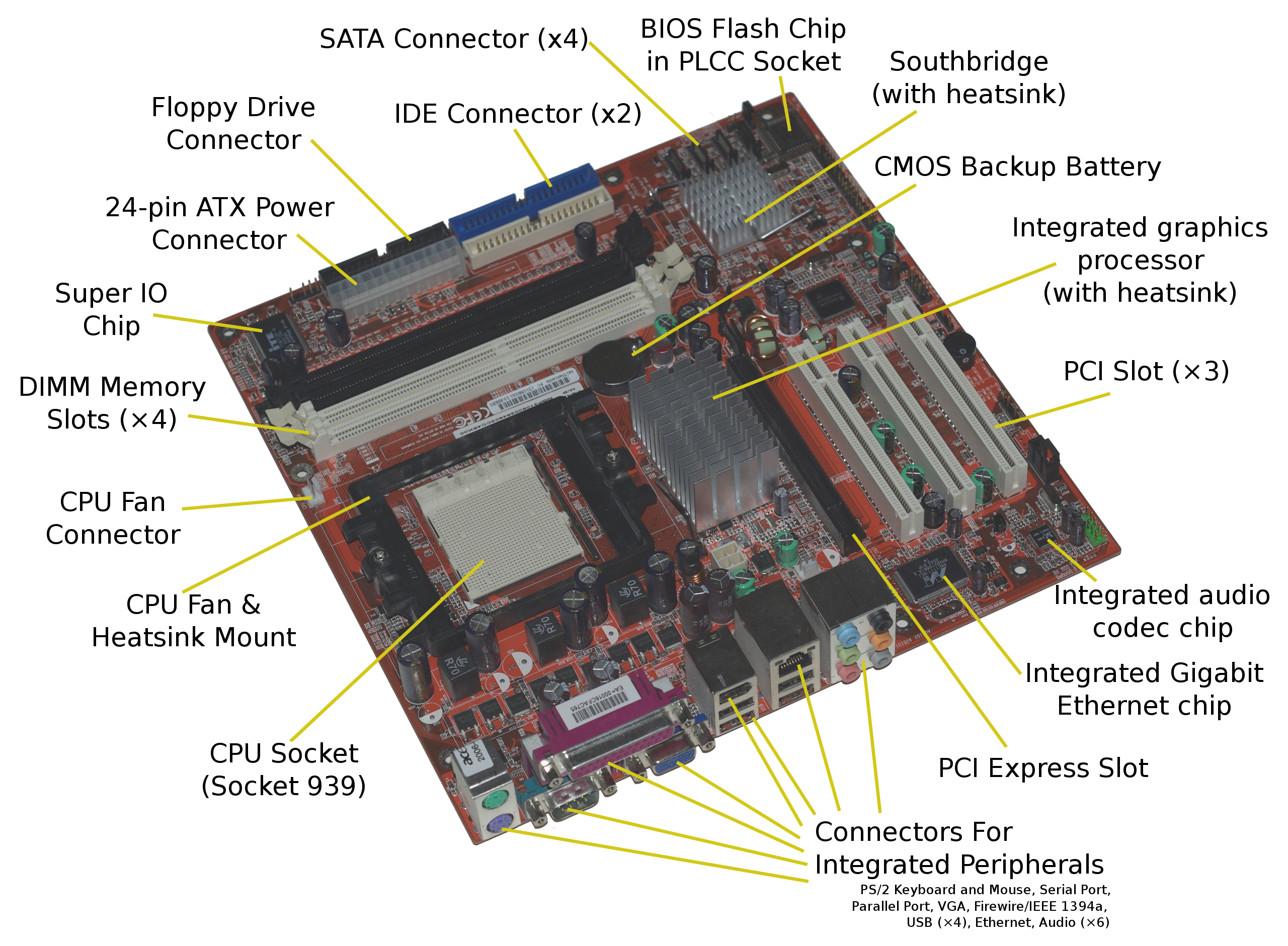Unlock the potential of seamless entertainment as we delve into the world of troubleshooting HDMI cable phone to TV connections.
Troubleshooting HDMI Connection Problems
1. Ensure that both your phone and TV are compatible with HDMI connections. Check your device’s user manual or visit the manufacturer’s website for compatibility details.
2. Check the HDMI cable for any signs of damage or loose connections. Replace the cable if necessary.
3. Verify that the HDMI ports on both your phone and TV are clean and free from debris.
4. Make sure your TV is set to the correct HDMI input. Use your TV’s remote to navigate to the settings menu and select the appropriate HDMI port.
5. Some Android devices may require an adapter or MHL (Mobile High-Definition Link) to connect to HDMI. Check your phone’s user manual for specific instructions.
6. Ensure that your phone is set to output audio and video through HDMI. Go to your phone’s settings menu, select “Display,” and enable HDMI output.
7. Try connecting your phone to a different HDMI port on the TV to rule out any issues with a specific port.
8. If you’re connecting a game console or other HDMI device to your TV, try disconnecting and reconnecting all HDMI cables.
9. Restart both your phone and TV, then attempt the HDMI connection again.
10. If you’re still experiencing HDMI problems, consult the troubleshooting guide on the manufacturer’s website or reach out to their customer support for further assistance.
Troubleshooting USB-C to HDMI Adapter Issues
If you’re experiencing issues with your USB-C to HDMI adapter, follow these steps to troubleshoot the problem:
1. Check the compatibility: Ensure that your USB-C port and HDMI device are compatible with each other.
2. Update your device: Install the latest software updates for your phone, tablet, or computer.
3. Inspect the adapter: Make sure the adapter is securely connected to both the USB-C port and the HDMI port.
4. Test different HDMI ports: If your TV or monitor has multiple HDMI ports, try connecting to a different one.
5. Verify the cable: Ensure that the HDMI cable is in good condition and properly connected.
6. Try a different adapter: If possible, try using a different USB-C to HDMI adapter to see if the issue persists.
7. Test on a different device: Connect the adapter to another device to determine if the problem is with the adapter or the device itself.
8. Contact support: If the issue persists, reach out to the manufacturer’s support for further assistance.
Troubleshooting HDMI-to-DVI or DVI-to-HDMI Connection Problems
| Troubleshooting HDMI-to-DVI or DVI-to-HDMI Connection Problems | |
|---|---|
| Problem | Solution |
| No video signal on the TV | 1. Ensure both ends of the cable are securely connected. 2. Check if the HDMI/DVI ports on both devices are functioning properly. 3. Try using a different HDMI/DVI cable to eliminate the possibility of a faulty cable. |
| Video signal but no audio | 1. Confirm that the audio settings on both the phone and TV are correctly configured. 2. Check if the audio output is set to HDMI on the phone. 3. Test the HDMI/DVI ports by connecting another device to determine if the issue lies with the cable or the TV. 4. Try using an HDMI/DVI audio extractor to separate the audio signal from the video signal. |
| Unsupported resolution or screen flickering | 1. Adjust the display resolution settings on the phone to match the TV’s native resolution. 2. Try changing the refresh rate of the display settings. 3. Update the graphics drivers on your phone and TV. 4. Test a different HDMI/DVI cable to see if the issue is with the cable. 5. Check if the TV firmware is up to date. |
| No response on the TV when connecting the cable | 1. Verify that the TV is set to the correct HDMI/DVI input source. 2. Restart both the phone and TV. 3. Check if the HDMI/DVI ports are damaged or loose. 4. Test the cable with another device to determine if it is functioning properly. 5. Try using a different HDMI/DVI input on the TV. |
| Intermittent or distorted video/audio | 1. Ensure both ends of the cable are firmly connected. 2. Avoid using excessively long HDMI/DVI cables as they can cause signal degradation. 3. Check for any physical damage to the cable and replace if necessary. 4. Test the phone and TV with another HDMI/DVI cable to identify if the issue is with the cable or the devices themselves. |
# This sample code demonstrates a tool that assists in troubleshooting HDMI cable issues between phones and TVs based on common problems.
def check_hdmi_connection(phone, tv):
# Check if the phone and TV are powered on
if not phone.powered_on or not tv.powered_on:
return "Make sure both the phone and TV are powered on."
# Check if the HDMI cable is properly connected
if not phone.hdmi_connected or not tv.hdmi_connected:
return "Ensure that the HDMI cable is securely connected to both the phone and the TV."
# Check for compatibility issues
if not phone.hdmi_compatible or not tv.hdmi_compatible:
return "Verify that both the phone and TV support HDMI connectivity."
# Check the HDMI input settings on the TV
if tv.input_source != "HDMI":
return "Switch the TV input source to the corresponding HDMI port."
# Check the screen mirroring or external display settings on the phone
if not phone.screen_mirroring_enabled or not phone.external_display_enabled:
return "Enable screen mirroring or external display settings on your phone."
# Check the HDMI cable for damages or defects
if phone.hdmi_cable_damaged or tv.hdmi_cable_damaged:
return "Try using a different HDMI cable to rule out any cable issues."
# Other possible checks and troubleshooting steps can be added here
# If no specific issues are identified, return a generic message
return "Sorry, we could not identify any specific issues. Please consult your device documentation or contact support."
# Example usage:
phone = Phone("YourPhoneModel")
tv = TV("YourTVModel")
result = check_hdmi_connection(phone, tv)
print(result)
Please note that the above code is a basic representation of a troubleshooting tool and assumes the existence of custom classes representing phone and TV devices. The actual implementation would require more detailed information about the specific devices and further error handling.
Troubleshooting HDMI Connection Problems with Laptops or Computers
If you’re experiencing HDMI connection issues between your laptop or computer and your TV, follow these steps to troubleshoot the problem:
1. Check the HDMI cable: Make sure the cable is securely connected to both the laptop or computer and the TV. If necessary, try a different HDMI cable to see if that resolves the issue.
2. Update your drivers: Ensure that your laptop or computer has the latest graphics drivers installed. Visit the manufacturer’s website to download and install any available updates.
3. Adjust display settings: On your laptop or computer, go to the display settings and ensure that the correct display output is selected. If you have multiple displays connected, try disconnecting the others and see if that helps.
4. Restart devices: Power off and unplug both your laptop or computer and your TV. Wait for a few minutes, then plug them back in and power them on. This can help reset any temporary glitches.
5. Perform an HDMI handshake: Some devices require an HDMI handshake to establish a connection. To do this, turn on your TV first, then your laptop or computer. Wait for a few moments to allow the devices to recognize each other.
By following these troubleshooting steps, you should be able to resolve most HDMI connection problems between your laptop or computer and your TV.






